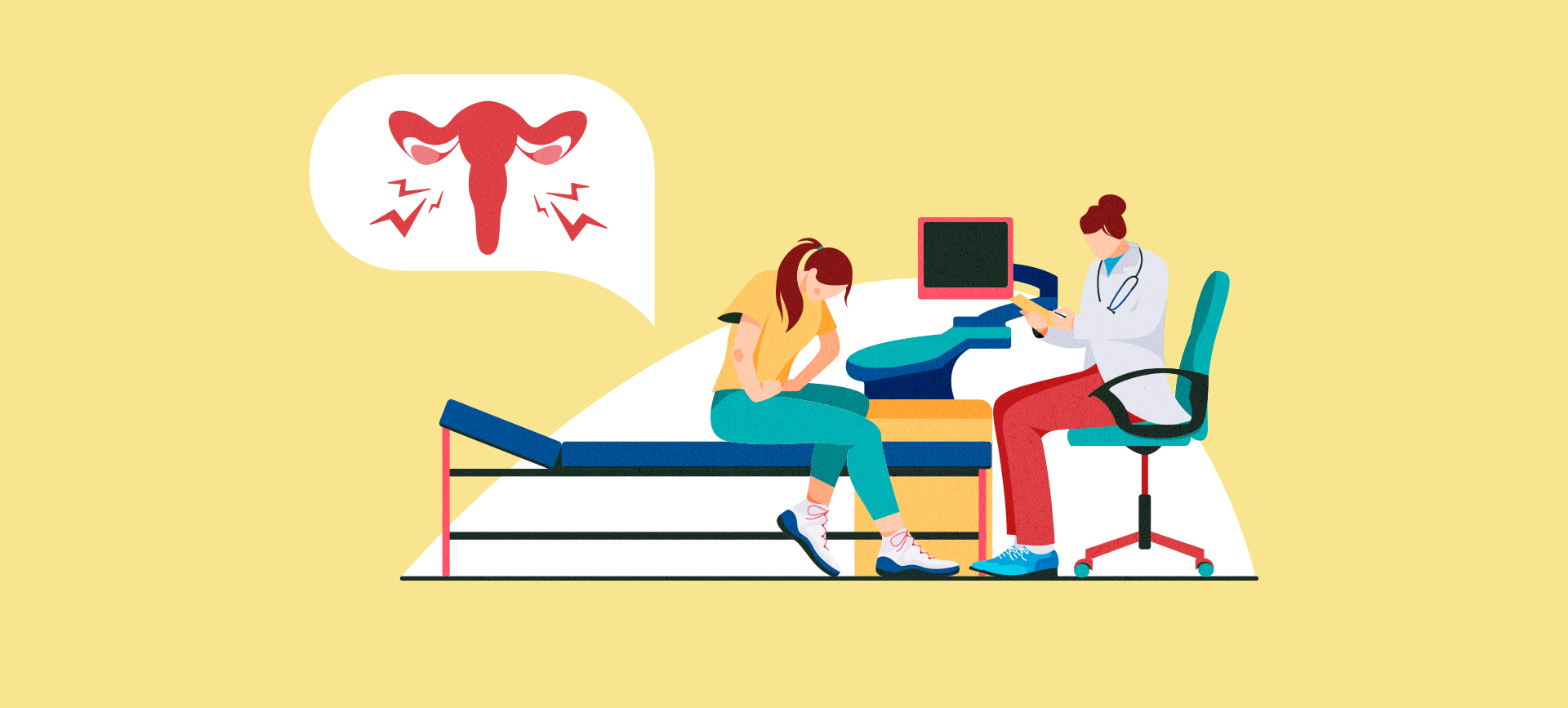I was curious to learn more about the pain some women with endo experience during sex. I myself was diagnosed with the disease in 2016, but have been fortunate enough to not experience this particular side effect.
"Pain is caused by the inflammation of the endometriosis implant. It causes swelling and can cause adhesions and scar tissues," said Tara Scott, M.D., chief medical officer of Revitalize Medical Group, and medical director of integrative medicine at Summa Health System. "A common place for endometriosis is the pelvic lining (peritoneum) and cul de sac behind the uterus. This is often an area that can be felt during sex."
The severity of your endometriosis isn't the culprit here. You could suffer from debilitating cramps, but if your endometriosis is located higher up, it might never impact your sex life. Likewise, you could have mild endometriosis, yet because of the placement of it, you experience pain during penetrative sex.
It's also important to note that it may not be endometriosis causing pain during sex. "Other causes could be pelvic infection, vaginal infection, vaginismus, pelvic floor spasm/dysfunction or hormonal issues," Scott added. "A visit with your gynecologist can rule out most of those."











